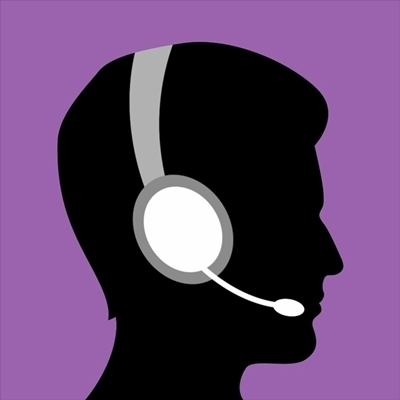 The notion that an apology has two parts is rooted in its art and science.
The notion that an apology has two parts is rooted in its art and science.
In its art, it’s all about delivery, the way someone says the two words … sincerely and with empathy. [Psychologists often recommend offering a hug, a donation to a favorite charity, even the top ten reasons … to make the delivery more human, more real.]
Its science has more to do with content than its flair, from ensuring that “I’m sorry” refers to the same situation to a promise not to do it again.
Those on the receiving side, believe it or not, treasure the response. A 2009 study from the University of Nottingham School of Economics, offering complainers words or cash, found that almost 50 percent preferred the apology. Over pure hard cash.
Yet, despite our knowledge that the more humane we get, the better, many businesses, groaning under the onslaught of customer complaints, turn to software as an answer. In the past, companies did resort to an automatic responder who garbled the language in making amends for some mishap. Airlines have been a prime culprit, er, user. Fliers were often taken aback, insulted, and even felt minimized when the computer spit out a rote or form letter. And they often voted with their credit cards.
Today, hundreds of customer care agents work for U.S. airlines and other merchants and service purveyors, trained well in how to say “I’m sorry” in real life.
Proof that human “mea culpas” are best.


